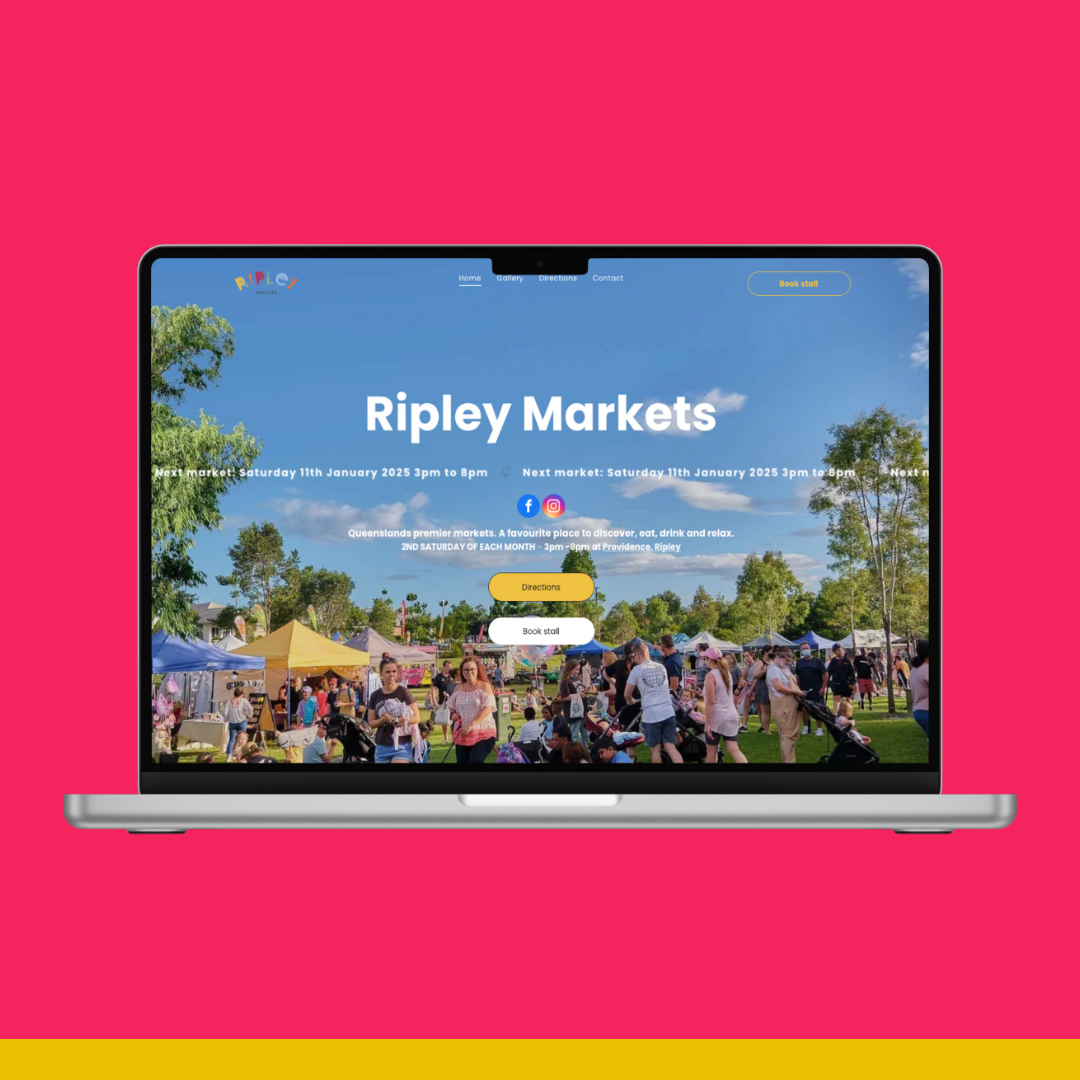Enhance your blog game for 2022. Why optimised imagery matters.
In a world of short format videos, does the humble blog still have a role to play within your business content strategy? Spoiler … it does! While the words are the centrepiece, there are other important aspects to consider when creating your blogs, particularly when it comes to imagery.

Traffic, brand building and more sales …
In a world of short attention spans and time poor people, it can be easy to forget and overlook the value of creating original blog content for your website – and by extension – social media channels. A well designed and creative blog can achieve some great results by,
- Providing content that drives traffic to your website
- Position your brand/business as a thought leader within your niche
- Educate and inform existing or potential new customers
- Highly sharable via social media platforms
These are just some of the benefits of blogs overall, however today we are going to focus on optimisation of supporting assets.

1. Why optimising and choosing the right imagery is important
You’ve crafted a beautiful blog and are ready to upload to your website. Fantastic! Now it’s time to make sure your blog is looking the part before you share it with the world. In this article, we’re going to quickly explore the following,
- Image files sizes (super important)
- Captions
- Using the right file types
- Alt text for images (this can be easy to forget)
- Thumbnails
- Lazy loading
If you are a client of In Cahoots Co or Ipswich Websites and have completed your website training, these topics will be familiar to you. Reach out if you have any questions about further training here.
2. Image file sizes - keep 'em lean
Websites with large image files to load are slower. It’s that simple. And while we may be measuring this in milliseconds … to seconds (ouch), it will make a huge difference when it comes to SEO and search rankings. The larger the file, the longer it takes for your browser to render the data. Using a smaller file size does not mean the image has to be poor quality. There are plenty of free tools out there to assist you compress imagery for use on the web.
Beginner tip: Do not just upload an image straight from your phone to your blog. This file will be large (for a website) and will impact load times and overall user experience.

3. Captions. Super important.
Don’t forget to use descriptive captions to capture the attention of the reader. Let’s face it, while not everyone will read your entire blog, they will more than likely skim and see an image before reading its caption. If your caption and image are great, then there is an increased chance your content will be read in its entirety.
4. Using the right file types. No, they are not all the same!
The most common file types used are .JPEG, .GIF, .PNG and WEBP. Each file type should be used in different scenarios.
For example, did you know that JPEGs are best suited for images, while .PNG are better to use with imagery that contains text, charts and other detailed illustrations? Again, regardless of format, it’s important to ensure these files have been compressed to load quickly on your site. A relatively newer format, WEBP was created by Google to ultimately be a replacement for other file formats on the web to create high quality imagery with smaller file sizes.

5. Alt text. Do not forget to include this one!
Adding SEO friendly Alt text to your images is not only important for SEO, it allows your website to be accessed by vision impaired users who use screen readers. Enter text that describes your image in an SEO friendly way, improving the chances of your images being ranked higher under the image tabs of search engines.
6. Thumbnails ... don't overdo it
Put simply, when there are too many thumbnails on a webpage (think a heap of images under a related posts section) page load speeds will suffer, and Google doesn’t like that. You can learn more about Google Core Web Vitals here to see how pages are measured and ranked against various scores.
7. Lazy loading. It’s okay to be a little lazy sometimes
Lazy loading is where images only load once a visitor has scrolled down to a certain point on the page, the image will load. This can reduce initial load times (again good for Google Core Web Vitals) by reducing the page ‘weight’. There are other benefits such as reducing the workload for your browser and improving the experience for visitors with limited bandwidth (or poor mobile reception) as we can sometimes experience here in Australia.
There are many benefits to working a local Ipswich Web Designer. Number one is that you can actually call us and have a chat anytime or visit us in-person! Imagine that. We love working with local businesses and start-ups to bring web projects to life. If you are looking for the perfect balance of design, business functionality and user friendly tools then you are in the right place. Connect with Ipswich Websites today to discuss your project.



